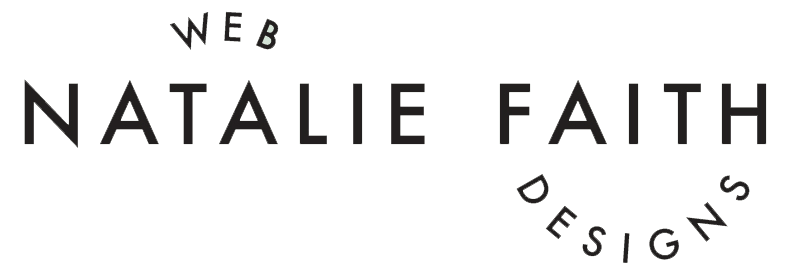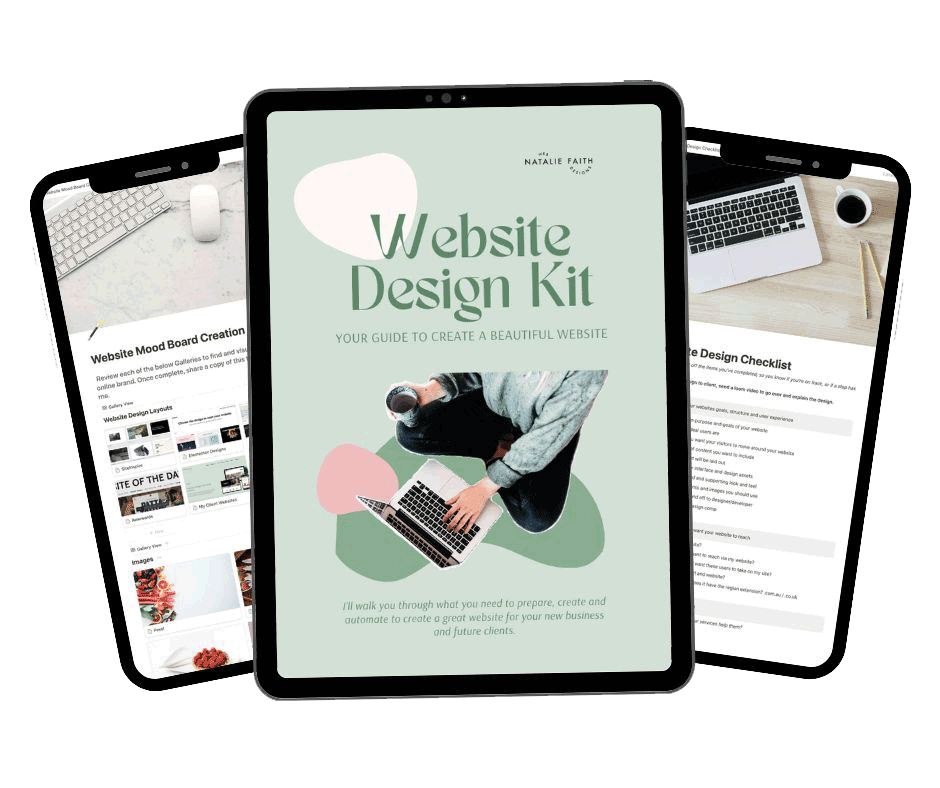This blog post has an 6 minute read time.
I want search engine optimization (SEO) to be incredibly easy for you and your business. As you know, it’s an important part of any successful online business, and if you haven’t considered your SEO health since launching your website, then unfortunately you might be flatlining.
For many small business owners, the thought of SEO can be overwhelming. It’s been explained in such complicated ways in the past, that it confuses almost everyone (so you’re not alone in this struggle).
The good news for you is that I’m going to share wiht you the top four stratgeies that will get your SEO energised and beating once again.. I’m going to share with you four easy ways to increase your SEO on your website today!
Optimize Your Title Tags and Meta Descriptions
What does this mean? It means making sure your keywords are in your page titles, headings and page meta descriptions.
Page titles and meta descriptions are the first things that users see when they’re on Google searching for your website. If you’re not sure what i mean, have a quick search on google now and look at the results – theres are title and a description of it.
When creating your webpages use your keywords in the title, and use those same keywords in your meta descriptions and page excerpts. This will allow search engines to know who to show your webpages to, because it understands the content the page contains.
Optimising these items for your dream audience will increase your website’s click-ability in search engine results pages (SERPs) and improve click-through rates (CTR).
These are my favourite pieces of advice for optimising your titles and meta descriptions:
- Use relevant keywords in your title tag and meta description
- Keep your title tag under 60 characters and your meta description under 155 characters
- Make sure your title tag and meta description accurately reflect the content of the page
Use Header Tags (H1, H2, H3)
Header tags, such as H1, H2, and H3, are important for organizing your content and making it easier to read for both your audience and search engines to read your website.
By using headers like these, you can improve the readability of your content and make it more scannable for your audience. This tells search engines the importance of your page contents while also adding more evidence that this page will help solve the searchers current problem.
Some tips for using header tags include:
- Use only one H1 tag per page and make it descriptive of the page content. Use it at the top of the page so a reader knows what to expect by reading this page.
- Use H2 and H3 tags to break up your content into smaller sections and sub-sections. How can you make this page content more interesting or making it easier to digest as a reader.
- Use keywords in your header tags to help improve SEO, and make that page easier to find in search engines.

Create High-Quality, Sought-After Content That Your Industry Needs
I have no doubt you’re creating great content, but have you asked your audience what they want to learn from you, or researched what your dream audience enjoy reading?
Creating high-quality, relevant content is crucial for SEO, and even better than this is content that people are actively looking for solutions for.
By providing valuable information to your audience, you can increase engagement, be the go-to source people run to for answers and in-turn improve your website’s SEO and authority online.
The more value you provide, the more your SEO will grow, so know the answer to the above questions will allow to to get there faster.
Some way you can do just this and ensure you are creating high-quality, relevant content include actioning the following dot points:
- Do keyword research to identify highly searched for industry topics and see what keywords come up time & time again
- Use these keywords in your headings, subheadings, and across your webpage content to show this page will answer their current pain problem
- Use hyperlinks from this page to other webpages that are of a similar or aligned topic on your website, and vise verse, use hyperlinks from those pages back to your new content
Optimize Your Images
Make sure your images are the right size, format and file. don’t forget to use your keywords when writing your image alt tags and descriptions. Not only does this mean your images load quicker on your website, but it makes your images more user-friendly & accessible too.
Images and media add visual interest to your website and improve your audience experience on your website. However, they can also slow down your website’s load time and speed, which can negatively impact SEO, so using the below tips you will avoid this for your own website.
Some tips for optimizing your images includes:
- Compress your images to reduce file size
- Save images as jpgs or webp image files
- Use descriptive file names and alt tags to help search engines understand the content of the image
- Use the correct image size and file size for your website to improve load times

In conclusion, increasing your website’s SEO doesn’t have to be complicated or time-consuming. By optimizing your title and meta descriptions via headings that connect, high-quality, relevant content, and optimizing your images, you can improve your website’s visibility in search engine results pages and provide a better user experience for your audience.
So why not start today and see how these simple changes can improve your website’s SEO?
I hope you enjoyed this blog post and it’s helped you on your business journey. It can be hard building a business, but I know you’ve got something really incredible to share!
If you need any help creating a beautiful website for your business, I have a custom service called A Brand Worth Sharing that will help your business grow online.
If you liked this blog post please share this with others who may enjoy it. You can also find me on social media via @nataliefaithwebdesigns on Instagram or Facebook I share more great tips for your online business on these platforms.




